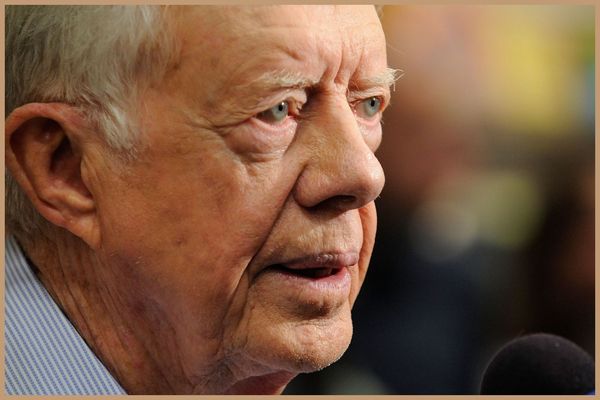After former Federal Reserve Chairman Paul Volcker snuffed out inflation in the early 1980s, bonds have enjoyed a bull market for pretty much the past 40 years.
But that period may be coming to a close. The 10-year Treasury yield soared 0.57 percentage point in April to 2.89%. That’s the largest monthly gain since December 2009, The Wall Street Journal reports.
The 10-year Treasury yield has jumped 1.48 percentage points so far this year, to 2.99% recently.
The two main factors behind the yield surge are rising inflation and the substantial interest-rate increases expected from the Federal Reserve.
The Numbers
Consumer prices skyrocketed 8.5% in the 12 months through March, a 40-year high. Meanwhile, the Fed began raising rates in March, with a 0.25-percentage-point hike. Many market watchers anticipate half-point moves in both May and June. And plenty of tightening is likely after that.
While there’s a chance that inflation has peaked, it’s likely to remain well above the Fed’s 2% target. The central bank’s favored inflation indicator is the personal consumption expenditures price index, which climbed 6.6% in the 12 months through March.
What Are Treasury Inflation-Protected Securities and How Do They Work?
Giving the raging inflation and the likely Fed rate increases, bond yields are probably headed higher.
In a JPMorgan survey of the investment firm's most active clients who invest/trade in Treasurys and other interest-rate vehicles, 44% are short Treasuries and other interest-rate exposure, twice the amount who are long. A total of 34% are neutral.
Investment Options
Given this scenario, what’s a bond investor to do? You may want to shy away from bond funds, as their values will fall if yields rise.
Conservative investors can buy Treasurys, as they're almost guaranteed to get the bond’s par value back when the bonds matures.
And Treasury yields are starting to look attractive. You can do your buying in phases, so that if yields do keep rising, you’re able to take advantage.
You also might consider Series I Treasury Savings Bonds. These bonds have yields that move with inflation, and the payout totals 9.62% through October.
Certificates of deposit are almost as safe as Treasurys, and some of them have yields slightly higher than Treasurys now.
If you’re willing to take a bit more risk for a bit more yield, you can buy double-A corporate bonds. For example, an Apple (AAPL) three-year note recently yielded 3.16%, compared with 2.94% for a three-year Treasury.







